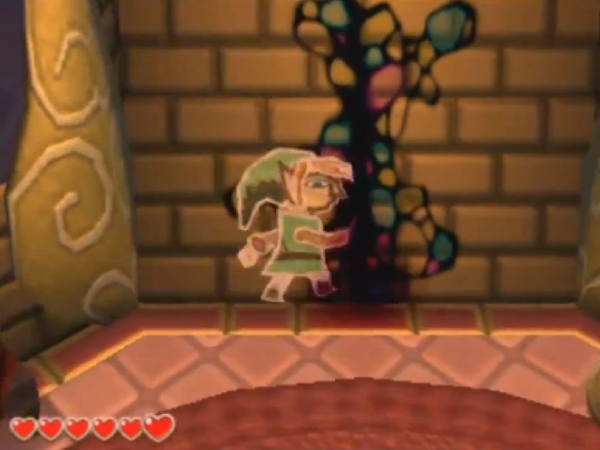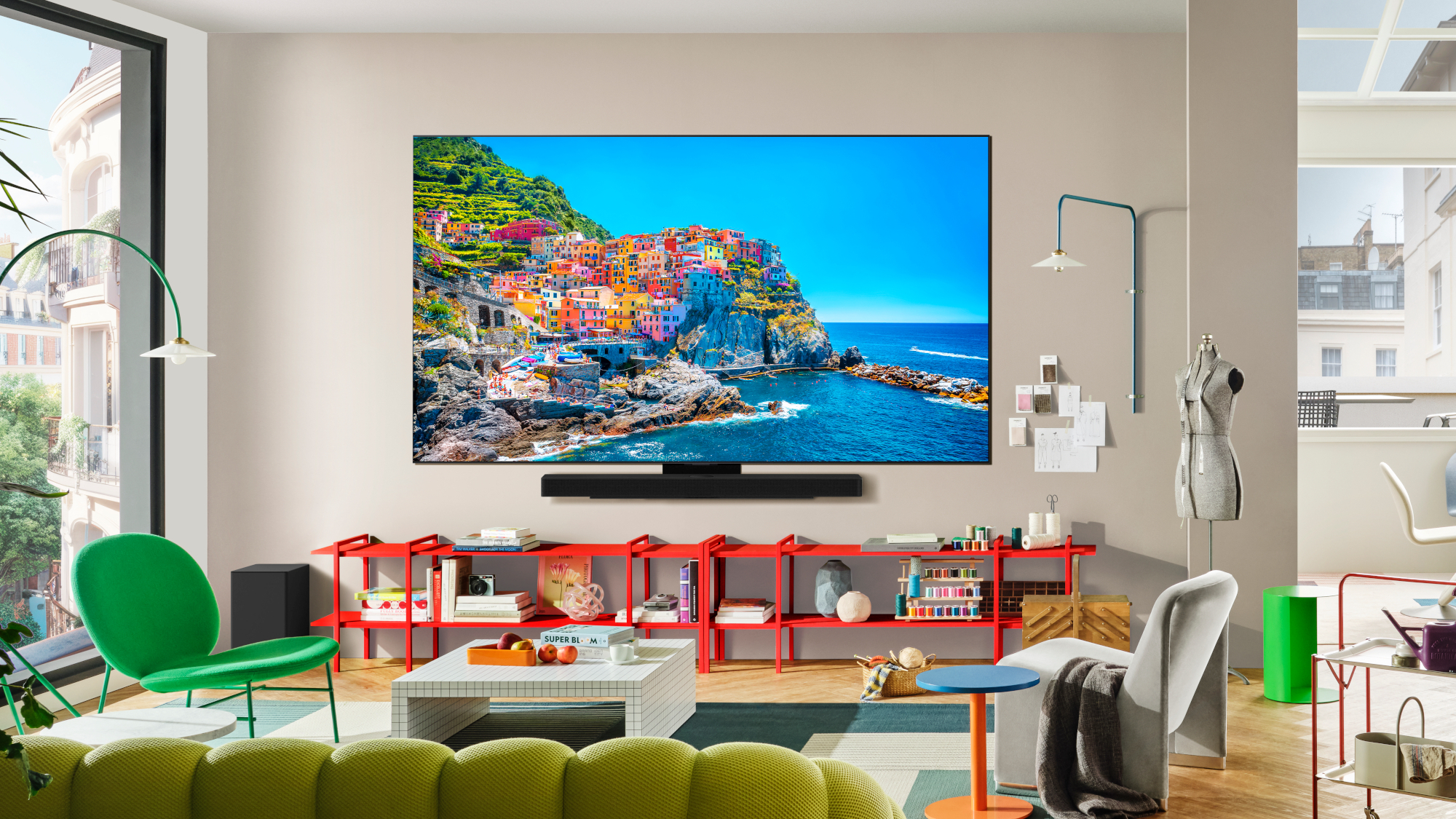Tom's Guide Verdict
'A Link Between Worlds' blends old and new by combining a classic feel with an innovative and game-changing new feature.
Pros
- +
"Merge" mechanism is brilliant and challenging
- +
Excellent level-design
- +
Well-crafted mood and atmosphere
Cons
- -
Story is either predictable or underdeveloped
- -
Poor world-building
- -
Item-renting system punishes less-skilled players
Why you can trust Tom's Guide
Gameplay and story
The kingdom of Hyrule needs saving once again in "The Legend of Zelda: A Link Between Worlds," out Nov. 22 for Nintendo 3DS and 2DS.
This is the 17th game in this now-classic franchise, but in both story and location, it brings players back to the series' third game, "A Link to the Past," first released in the United States for the Super Nintendo Entertainment System in 1992.
As an indirect sequel to "A Link to the Past," the new "A Link Between Worlds," featuring a young hero named Link who must rescue a princess named Zelda, bears a lot of similarities to games that have come before it. However, it distinguishes itself with a new feature that allows the player character to become a painting on a wall.
MORE: Top 10 Coolest Nintendo 3DS Games
This ability, and the innovative level-design that accompanies it, make "A Link Between Worlds" (played for this review on a Nintendo 3DS) stand out, both in the "Zelda" series and as a standalone video game experience.
Gameplay
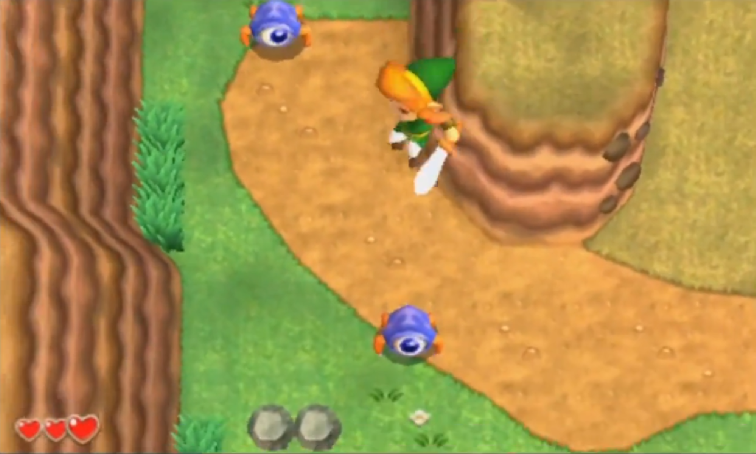
"A Link Between Worlds" is a top-down action-adventure game in which the main character, called Link, uses a sword, shield and a variety of tools and weapons to make his way through the world and its "dungeons," or labyrinthine levels. Working through these levels requires patience, cleverness and, usually, a specific item.
Also critical to puzzle solving is the "painting" feature, which lets players "merge" with a flat wall. Link can travel left and right on the wall so long as it remains flat. This allows him to slip between cracks, avoid enemy attacks and reach isolated areas.
The "merge" ability radically alters the "Zelda" experience. Walls are no longer merely boundaries; they're paths in and of themselves, and they come with their own logic and limitations.
For example, merging with a wall drains Link's energy meter, and if this meter runs out, he'll pop out of the wall again, whether or not there's a floor to stand on. Wall motion is limited to left and right; if you need to get to a higher section of wall, you'll have to figure out another way to get there.
Merging with the wall changes the game's camera angle from a top-down to a zoomed-in side view. This helps bring into view objects and pathways that the top-down angle occluded. The new angle also creates a much-needed closeness with Link, the character whose name references his role as the connection between the player and the virtual world. Ironically, it's Link's time as a two-dimensional painting (and the intimacy of the zoomed-in camera) that pushes him toward becoming a more three-dimensional character.
The game's nine main items are available almost from the start of the game, including "Zelda" standbys such as a bow, hookshot and boomerang. You can rent these items or, after a short while, purchase them. This is unusual for an action-adventure game; in many such games, additional parts of the game world open up as players attain new items. But most of the areas in "A Link Between Worlds" are yours to explore very early on.
MORE: Best Super Hero Video Games of All Time
This can be overwhelming. On your way to one dungeon, you'll find at least three side quests (smaller, optional missions), pick one to pursue, find you need an item you didn't happen to rent, backtrack to get it and encounter three more side quests. Then, you'll find yourself outside a different dungeon than the one you had intended to enter in the first place, without having accomplished anything.
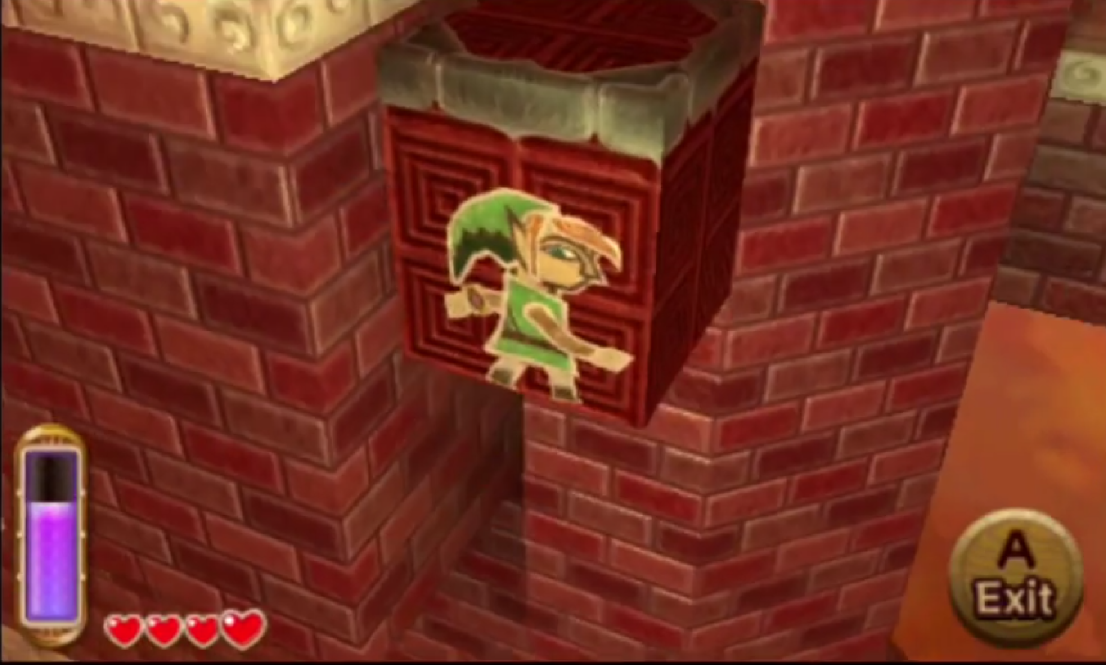
If Link's health runs out, all rented items go back to the vendor and Link has to return to the shop to re-purchase them. This can be particularly laborious when you're halfway through a dungeon and require a certain item, but players can save the game, then buy their most needed items as soon as possible.
Item-related frustrations aside, these side quests and, even more so, the dungeons are beautifully designed. They often require players to think beyond a single room or area — or even world. When this happens, playing "A Link Between Worlds" is like holding a puzzle box; the size of the handheld 3DS console and the detailed level-design create a sense of tactile intimacy further strengthened by the screen's 3D display.
Story
As in most "Legend of Zelda" games, you'll play as Link, a boy who must gather magical items, claim the legendary Master Sword and rescue Princess Zelda. "A Link Between Worlds" offers some new twists, threads and remixes to keep longtime players interested, but ultimately the story is sparse and noninvasive at best, and weak and underdeveloped at worst.
Set several generations after the events of "A Link to the Past," this game opens with a new incarnation of Link who works as a blacksmith's apprentice in the kingdom of Hyrule. Tasked with delivering a sword to a castle guard, Link is quickly caught up in a threat to the kingdom. The villain, Yuga, first turns a young woman into a framed portrait, overriding her terrified protests with the claim that he is "preserving her beauty." When Link intervenes, Yuga turns him into a painting as well, but Link is able to free himself thanks to his mysterious bracelet.
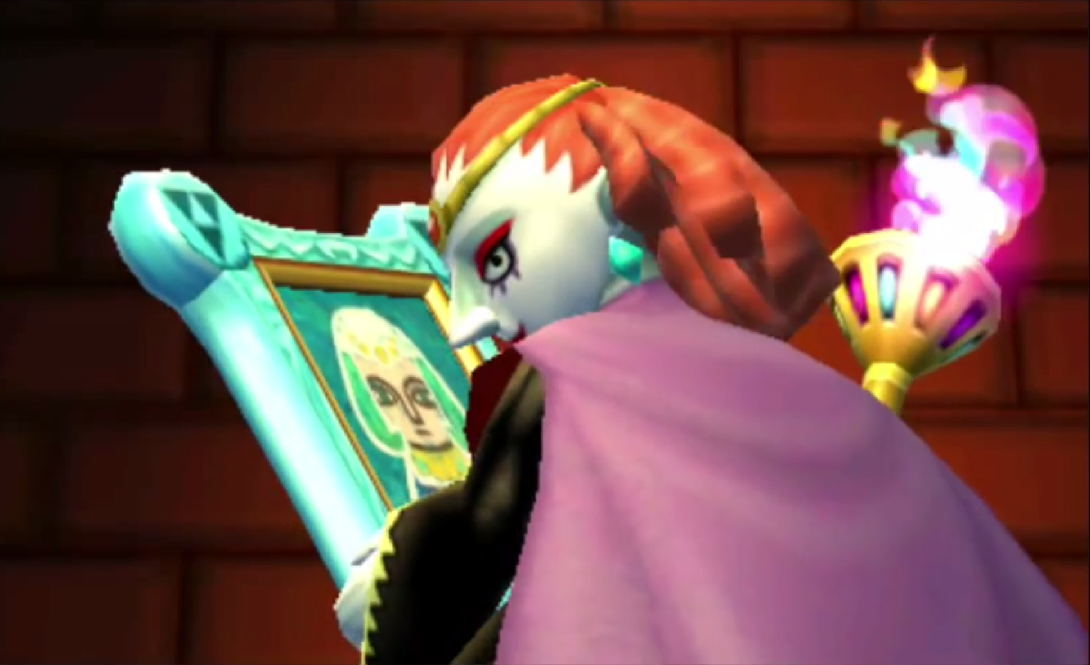
Yuga could be main-antagonist material; beneath his almost comedic posturing about beauty and perfection lies a ruthless sociopathy that clearly shows when he inevitably captures Princess Zelda. It's almost disappointing when Yuga reveals his true plan: to resurrect the evil being called Ganon (the "Zelda" series' traditional villain). Yuga has kidnapped the descendants of the seven sages who sealed Ganon away the last time (during the events of "A Link to the Past").
MORE: PlayStation 4 Unboxing
Soon thereafter, Link slips through a crack in the wall and finds himself in an alternate version of Hyrule ruled by a princess named Hilda. This 'mirror' kingdom is called Lorule, and fell into darkness long ago. Whole chunks of earth have fallen away entirely, forcing Link to weave between Hyrule and Lorule to reach the far corners of either kingdom, rescue the seven sages and defeat Yuga and Ganon.
Like Yuga, Hilda stands out in an otherwise bland cast. She comes close to filling the role of Link's companion-slash-guide that appears in other "Zelda" titles, with mixed results. In the absence of a Navi or a Midna to break up Link's silence, the story disappears entirely for long periods of time, and with it goes any urgency that a save-the-world story usually thrives on.
"A Link Between Worlds" has interesting threads, particularly a connection with 2001's "A Legend of Zelda: Majora's Mask." Ultimately, however, it's when the narrative recedes into the background that the game is best.
- 1
- 2
Current page: Legend of Zelda: A Link Between Worlds Review - Tom's Guide
Next Page 'Legend of Zelda: A Link Between Worlds' Review - Tom's GuideJill Scharr is a creative writer and narrative designer in the videogame industry. She's currently Project Lead Writer at the games studio Harebrained Schemes, and has also worked at Bungie. Prior to that she worked as a Staff Writer for Tom's Guide, covering video games, online security, 3D printing and tech innovation among many subjects.
-
viviennegrosario viviennegrosario, Monday 18 November 2013 21:50:160Reply
I must give my thanks to LUKE MEREDITH, who posted here last week comment aBout system she uses to earn online... I've got my FIRST check total of $550, pretty cool. I am so exicted, this is the first time I actually earned something. I am going to work even harder new and I can't wait for next week payment. You can try it for yourself.
www.JoBS25.CoM
